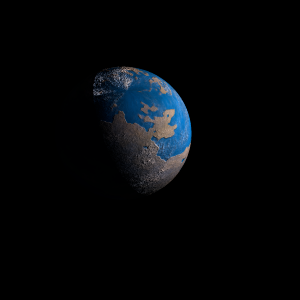|
|
Space Astro
|
Info for exoplanet "Eubian Canere"
| Scientific (actual) data |
|---|
| Name | Kepler-1705 b |
| Planet status | Confirmed |
| Planet mass | 0.01406 |
| Radius | 0.1811 |
| Orbital period | 9.03502 |
| Semi major axis | 0.08 |
| Orbit eccentricity | 0.033 |
| Inclination | 88.79 |
| Discovered | 2017 |
| Updated | 2021-10-25 |
| Omega | 35 |
| Tzero tr | 2454970 |
| Lambda angle | 10.1 |
| Impact parameter | 0.32 |
| Temperature (kelvin) | 789 |
| Publication | Published in a refereed paper |
| Detection type | Primary Transit |
| Mass measurement type | Radial Velocity |
| Radius measurement type | Primary Transit |
| Alternate names | KOI-4772 b |
| Star name | Kepler-1705 |
| Right ascension | 301.58° |
| Declination | 44.31° |
| Mag i | 15.279 |
| Mag j | 14.21 |
| Mag h | 13.868 |
| Mag k | 13.735 |
| Star metallicity | -0.52 |
| Star mass | 0.838 |
| Star radius | 0.768 |
| Star temperature | 5775 |
| Star alternate names | KOI-4772 |
| Wikipedia article | Kepler-1705 b |
Back
| |
| Fictional info (?) |
|---|
| Suggested name | Eubian Canere |
| Planet type | Warm planet |
| The two polar ice caps appear to be made largely of ice. |
| Atmosphere | Hydrogen chloride | 91% |
| Water vapor | 3.7% |
| Ammonia | 3.2% |
| Carbon monoxide | 1.2% |
| Argon | 0.042% |
| Helium | 0.018% |
| Ammonium hydrosulfide (NH4SH) | 1.2E-5% |
| Hydrogen deuteride (HD) | 0% |
| Atmospheric pressure | 0.009 bar |
 |
| No known satellites |
| Google search for Eubian canere |
|
Website by Joachim Michaelis
|
|
|
|